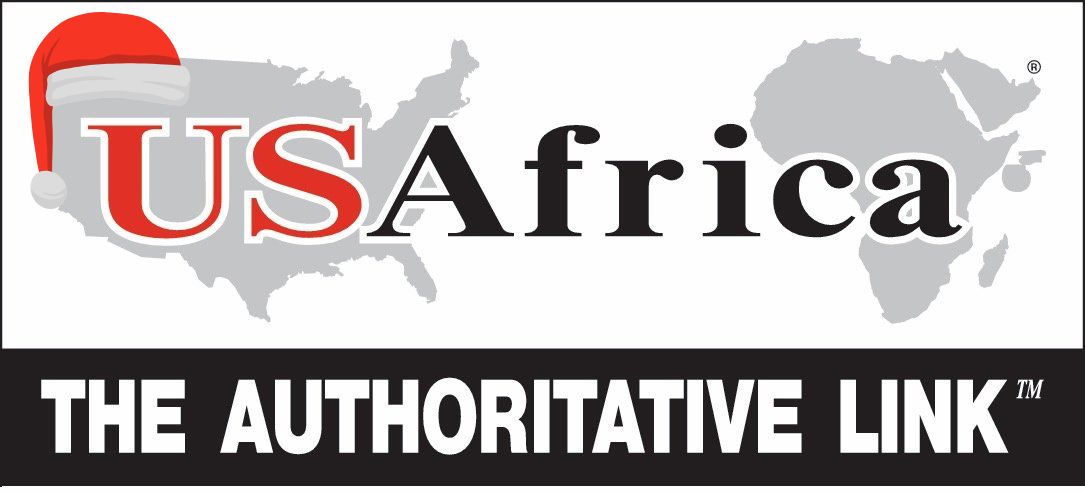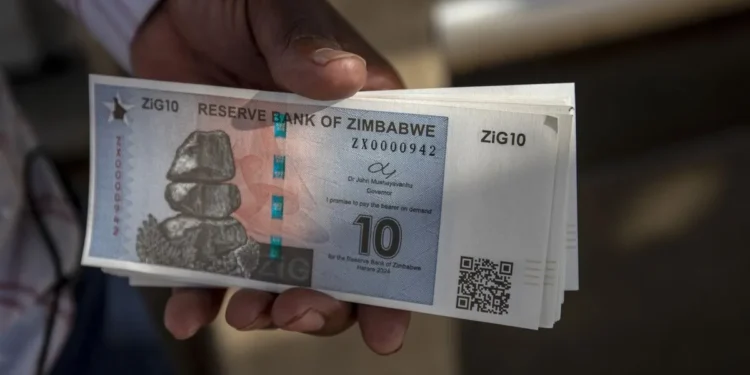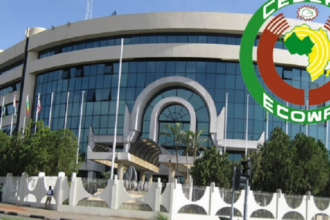Zimbabwe’s new currency, the ZiG, has depreciated by over 40% following recent adjustments by the country’s central bank aimed at aligning official exchange rates with those in the parallel market.
On Friday, September 27, 2024, the central bank raised the official exchange rate from 14 to approximately 24 ZiG per US dollar, an effort to close the significant gap between official rates and those of the parallel market.
The ZiG, introduced in April 2024 to replace the rapidly depreciating Zimbabwean dollar, which lost 80% of its value during the year, has struggled to maintain stability. The central bank attributes this volatility to the wide disparity between the official exchange rate and the parallel market, as the government works to curb the use of alternative currencies, including the US dollar and cryptocurrencies.
Sekai Kuvarika, CEO of the Confederation of Zimbabwean Industries, has openly criticized the central bank for maintaining an artificially low official exchange rate for too long. She argued that this policy created a substantial parallel market premium, distorting the economy. “This has worsened the situation, which could have been improved by accepting that the parallel market also needs to be reined in,” she stated.
In a recent statement following its Monetary Policy Committee meeting, the Central Bank of Zimbabwe emphasized its commitment to allowing greater flexibility in the exchange rate. The government’s aim with this devaluation is to reduce the gap between the official exchange rate and the parallel market, in what marks the country’s sixth attempt since 2009 to stabilize its local currency.
However, ongoing supply-and-demand issues continue to challenge the currency’s performance. According to John Mushayavanhu, Governor of Zimbabwe’s Central Bank, “Foreign currency supply-and-demand mismatches” are primarily to blame. He added that the central bank remains committed to a market-driven exchange rate, stating, “Allowing the ZiG to depreciate if that is what market sentiments demand could also help reverse the currency’s decline.”
Since its launch on April 8, 2024, the ZiG initially traded at around 12 ZiG per dollar but quickly fluctuated between 13 and 14 in the following months. Before Friday’s central bank intervention, the parallel market rate ranged from 18 to 25 ZiG. The new official rate, now set at 24 ZiG per dollar, aims to create a more balanced economic environment and restore confidence in the currency.















